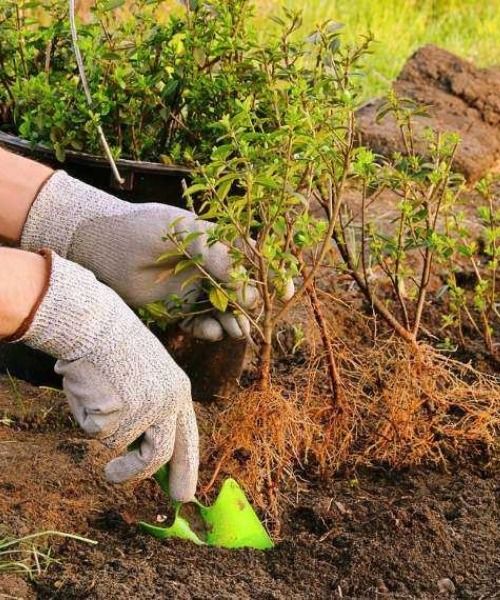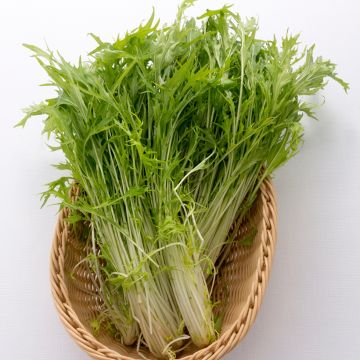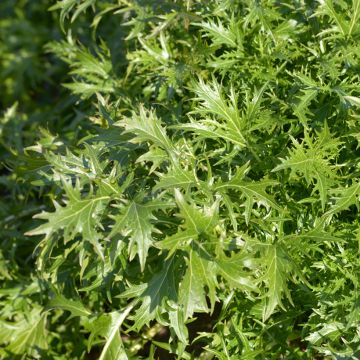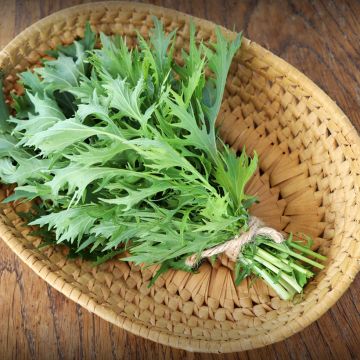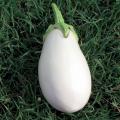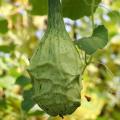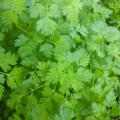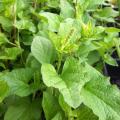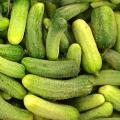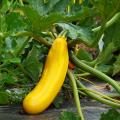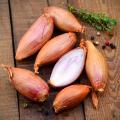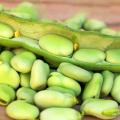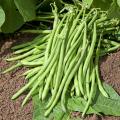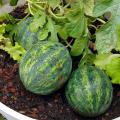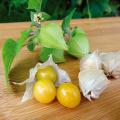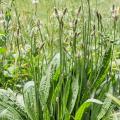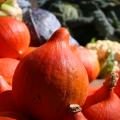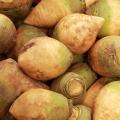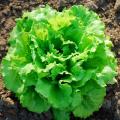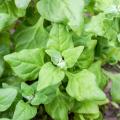Mizuna
Does this plant fit my garden? Set up your Plantfit profile →
Available in 1 sizes
Available in 1 sizes
Available in 1 sizes
The mizuna, in Latin Brassica rapa, is a vegetable plant of the cabbage and mustard family (the Cruciferous or Brassicaceae family), widely used in mesclun salads. This Japanese lettuce is an uniqie and tasty leaf vegetable, with a slightly peppery flavour. The young shoots are consumed raw in salads, while the older leaves are cooked like spinach, accompanying pasta dishes, enhancing the flavour of stews, and in Asian cuisine. Like many cabbage-related plants, mizuna is rich in antioxidants (vitamins A and C) and calcium. It has a biennial or annual vegetative cycle. In the vegetable garden, growing Japanese Mizuna Lettuce is slightly more delicate than traditional cabbages because it requires more warmth, but it has the same requirements: deep soil, food and regular moisture. It thrives in sunny locations.
Haven't found what you were looking for?
































